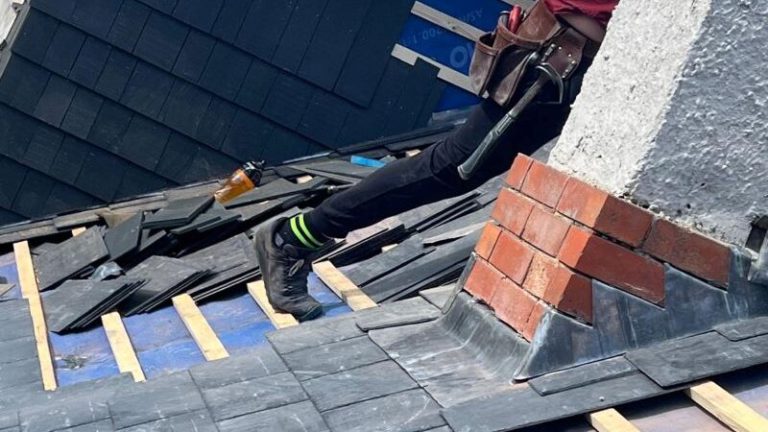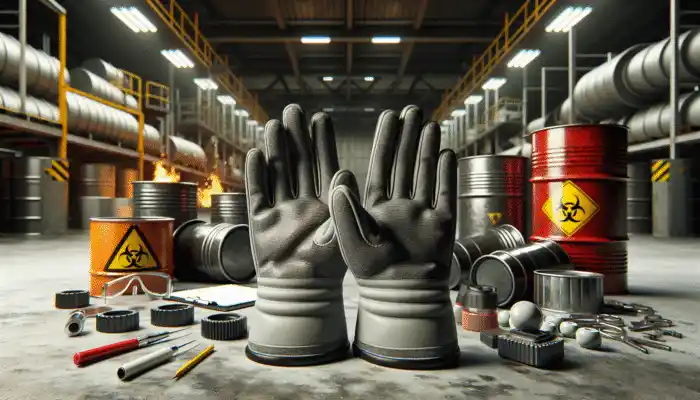Maximise the Lifespan of Your Slate Roof by Investing in Quality Flashing to Prevent Costly Water Damage
Flashing acts as a critical defence at the most vulnerable points of your roof, especially where tiles intersect with walls, chimneys, or valleys. If not installed correctly, even a meticulously laid slate roof can develop leaks over time, leading to expensive repairs that could have been avoided. Lead is often the material of choice for flashing in slate roofing due to its flexibility, exceptional durability, and design that accommodates the natural movements of the roof structure. This ensures a tight seal that effectively prevents water from entering your home.

Understanding the Importance of Flashing for Your Slate Roof’s Integrity
Flashing is the essential material that seals joints and edges around structures like chimneys, skylights, roof valleys, and other intersections where your slate roof meets a wall or changes direction. These joints are particularly prone to water infiltration; without effective flashing, they are likely to be the first areas to fail, leading to leaks that can compromise your home. In modern construction, flashing materials may include sheet metals, but for traditional applications on slate roofs, lead remains the most reliable and trusted option.
Why choose lead? This material not only seals effectively but also adapts to form a robust barrier against various curves, slopes, and edges. It naturally expands and contracts with temperature fluctuations, eliminating the risk of cracking or splitting. Unlike synthetic alternatives, lead does not rust and retains its integrity significantly longer, often outlasting the slate itself, ensuring your roof remains protected for many years to come.
Understanding the Consequences of Ineffective Flashing on Your Roof
Even the smallest tear or gap in your flashing can lead to significant water leaks. These leaks are often complex; water can seep beneath the tiles, reach the underlay, and gradually cause severe issues, including rot, mould, or damage to your internal ceilings. The effects of flashing failure may not be immediately noticeable, often taking years to surface, and by then, repairs can become extensive and costly. Problems related to flashing are among the leading causes of hidden roof failures that can jeopardise the structural integrity of your home.
If you detect stains on your ceiling, bubbling paint near a chimney, or patches of moss forming in specific areas on your roof, these could indicate that failing flashing is the root cause of the issue. It is crucial to address these signs promptly to prevent further significant damage from occurring.
Why Lead Remains the Optimal Material Choice for Flashing in Roofing
For centuries, lead has been the go-to material for slate roofs due to its unique attributes. It is recyclable, highly durable, and can withstand harsh weather conditions, be it under extreme heat or during severe storms. The softness of lead allows it to fit snugly without risking damage to the delicate slate, which is relatively fragile compared to lead.
Common applications for lead flashing include:
- Chimney flashings (both step and apron)
- Roof valleys
- Secret gutters
- Roof-to-wall junctions
- Ridge and hip intersections
- Skylight surrounds
These areas are particularly vulnerable to movement, pressure, and water runoff, making them susceptible to failure when using hard, inflexible materials that can crack or dislodge over time.
Identifying When to Replace or Repair Your Lead Flashing
While lead flashing is renowned for its longevity, it will eventually show signs of wear and require replacement. Consider replacing your flashing if:
- The lead has developed splits or cracks
- It is lifting or curling away from the roofline
- Visible rust is present, especially where lead contacts other metals
- Water stains are evident inside your home
- You are planning a slate roof repair or reconstruction
Most slate roof restorations include a thorough inspection of all leadwork. If we are already on your roof for tile replacement or cleaning, that is the perfect opportunity to assess and, if necessary, replace the flashing to ensure your roof remains watertight and secure.
The Importance of Skilled Craftsmanship in Leadwork Installation
Leadwork is a specialised trade that should not be left to just any general roofer or handyman. Poorly installed lead can sag, split, or detach from the slate, undermining the benefits of a well-constructed slate roof. Our team employs traditional methods for installing lead flashing, ensuring proper sizing, correct lap joints, and expansion joints that accommodate the weather fluctuations typical in Sydney. We are dedicated to using lead only where it is most suitable for the job, ensuring quality and longevity in our work.
How High-Quality Flashing Can Prevent Future Roofing Problems
A slate roof can last for a century or more, but only if its most vulnerable points are adequately protected. Flashing and leadwork may not be the most glamorous aspects of a roof, yet they are essential components that bear the burden when weather conditions become severe. If you observe leaks, streaks, or signs of wear around your chimney or roof edges, it is crucial to have them evaluated promptly. Replacing flashing now can save you from incurring significantly higher repair costs for structural damage down the line.
Do You Need a Professional Inspection for Your Leadwork?
If your slate roof features flashing that has seen better days or shows signs of wear, it is wise to have it examined before minor issues escalate into costly damage. Contact us today to schedule an inspection with a team that understands slate, lead, and the intricate details that effectively hold your roof together.
Explore Common Questions Regarding Flashing and Leadwork
What is flashing on a slate roof and why is it critical for protection?
Flashing is the material utilised to seal joints and transitions on the roof—such as around chimneys, valleys, and skylights—preventing water from infiltrating the roofing structure and causing significant damage.
What makes lead the top choice for flashing on slate roofs?
Lead is flexible, highly durable, and resistant to a variety of weather conditions. It conforms to the contours of slate tiles and outlasts synthetic materials, making it the ideal option for ensuring a watertight seal that protects your home.
How long can lead flashing be expected to last?
With proper installation, lead flashing can endure for 50 years or more, often outlasting the slate roof it safeguards, thus providing long-term value for your investment in roofing.
Can flashing be repaired without needing to replace the entire roof?
Absolutely, damaged or worn flashing can be repaired or replaced without requiring a complete slate roof replacement, provided that the issues are addressed promptly to prevent further complications in your roofing system.
What are the signs of flashing failure to watch for?
Indicators of flashing problems include water stains near chimneys, damage to ceilings, moss growth in isolated areas, or visible gaps where roof surfaces meet. These signs should prompt immediate action to avert further damage to your property.
Do all slate roofs require the use of lead flashing?
Most slate roofs do. Areas such as chimneys, valleys, and wall junctions require flashing, with lead being the preferred material due to its compatibility with slate and proven effectiveness in preventing leaks.
Is it safe to install lead flashing in residential properties?
Yes, when installed professionally, lead flashing poses no safety risks. It remains the most effective and traditional choice for slate roofs, ensuring longevity and reliability in your roofing system.
The Article: Leadwork and Flashing: Why It’s Crucial for a Slate Roof first appeared on https://writebuff.com
The Article Leadwork and Flashing: The Importance for Slate Roofs Was Found On https://limitsofstrategy.com



